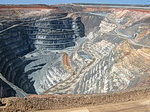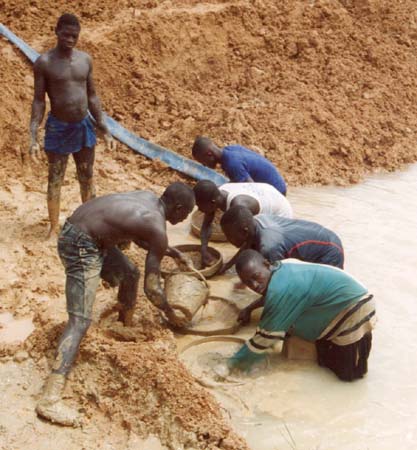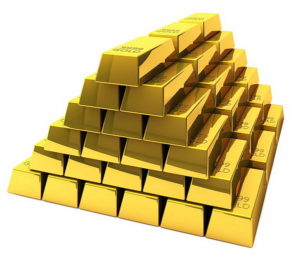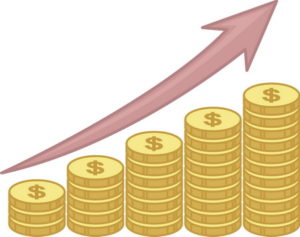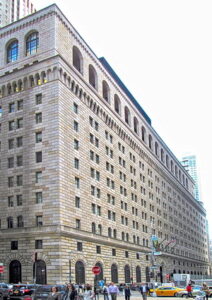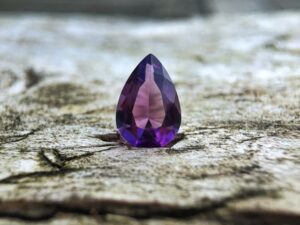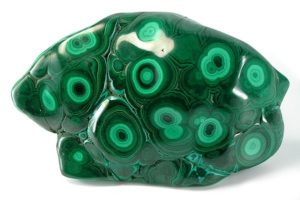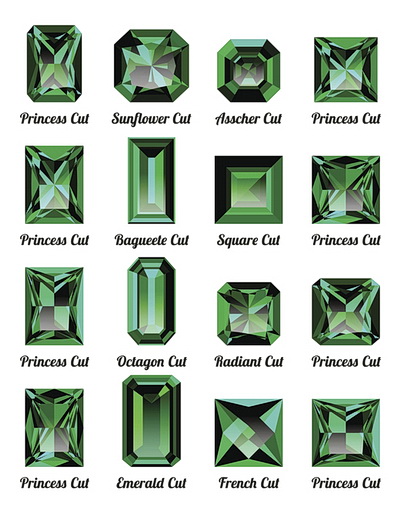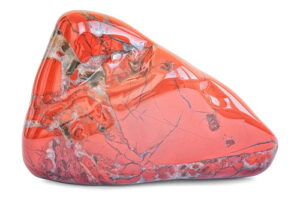
Most of us are introduced to the mineral talc through ‘talcum powder’. This powder is the crushed form of talc, which is used to absorb moisture, oil, and odor. It also has contraction effects on the human skin. Due to all these properties, talcum powder has become an important constituent of baby powders, first aid powders, and a range of other cosmetic products.
However, talc is not just limited to making talcum powder and other cosmetic products. There are many other uses of this mineral, which will be discussed in this article.
Talc: a composition of magnesium and silicon
Talc is made of two different minerals with water trapped in their structure. Chemically, talc is called magnesium silicate hydroxide. Usually, talc remains close to this composition, however, sometimes minor amounts of iron, aluminum, calcium, and manganese can be part of talc in place of magnesium. If large amounts of iron substitute magnesium, then talc is transformed into another mineral called minnesotaite, and if this substitute is aluminum then the transformed mineral is called pyrophyllite.
Naturally occurring talc is usually found colorless with a pearly sheen. Talc with green, gray, and brown tinges are also mined. It is one of the softest minerals known and has been given a hardness measure of 1 on the Mohs Hardness scale.
Why talc is soft?
Other minerals such as limestone can also take the shape of powder, but their touch is not as soft as talc. Indeed there is no other mineral in its amorphous form that can replicate the texture of talc. The softness of talc is credited to its physical and chemical properties. Talc is composed of sheet structures with perfect bond cleavages and very weak bond forces between the sheets. Due to these structural traits, talc sheets can easily slip on one another. This characteristic of talc gives it extreme softness.
How talc is formed beneath the Earth
Talc is usually found in metamorphic rocks. Two geological processes form talc in the earth’s crust.
- When water carrying the deposits of magnesium and silicon reacts with dolomite stones under extreme temperatures
- When igneous rocks such as serpentinite and dunite undergo alteration due to high temperature in the presence of chemically reactive fluids
The mining of talc
Drilling, blasting, and crushing of the rocks usually highlight the mining process of talc. Extraction of higher-grade ores of talc is carried out through selective mining. To avoid the mixing of other rock minerals in talc, the mining process is done with great care. The contamination of talc can change its color and most importantly, the level of softness for which it is required in many industries.
Crushed rocks from mines are further reduced to particle size and then treated to remove impurities. Froth floatation is usually used to extract the purest form of talc from its ore.
Apart from the cosmetic industry, there is a range of uses of talc in different manufacturing processes due to its different properties.
Talc in ceramic products
Talc is widely used in the making of different ceramic products such as tiles, bathroom and kitchen fixtures, dinnerware, and other pottery items. Due to its high-temperature resistance, it is used as a filler in ceramic, which enhances the firing ability of greenware (unfired pottery) resulting in durable quality products.
Talc in the plastic industry
Many polymer products such as polypropylene, polyethylene, nylon, and polyester get their stiffness reinforced with the inclusion of talc particles. The addition of talc in plastic products also reduces their temperature vulnerability.
There is another reason why plastic industries prefer talc over other mineral fillers. During the process of extrusion, talc’s very low hardness produces less equipment abrasion as compared to other harder mineral fillers.
Talc in the making of paper
Talc is also used in paper production. As we know paper is made from different organic pulps, which are then mixed with talc fillers. The presence of talc in the mixture provides paper with the following characteristics.
- Smoother surface
- Increased opacity and whiteness
- Improves ink absorption
Talc is also used in roofing material to increase its weather-resistant quality. The paint industry also uses talc to improve the suspension of liquid paint.


